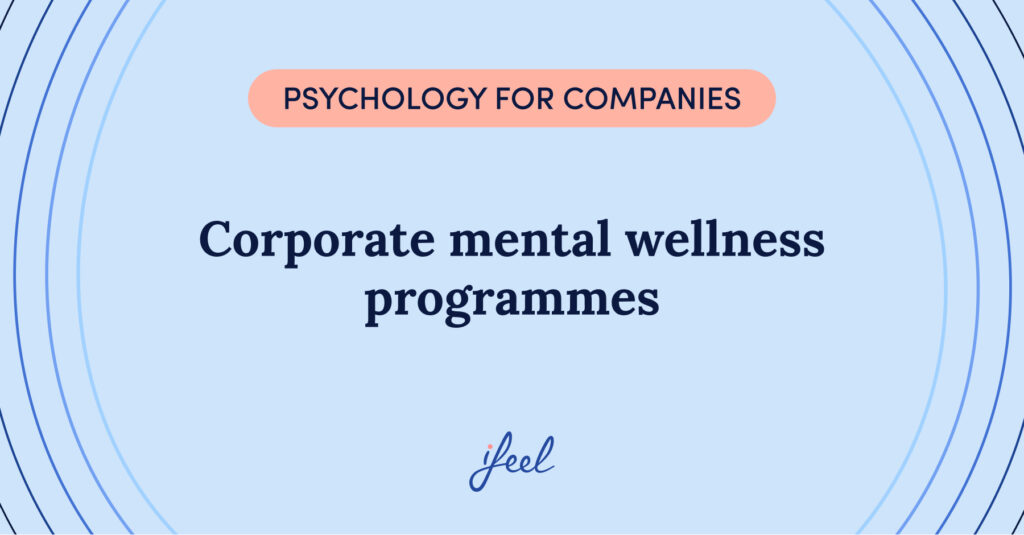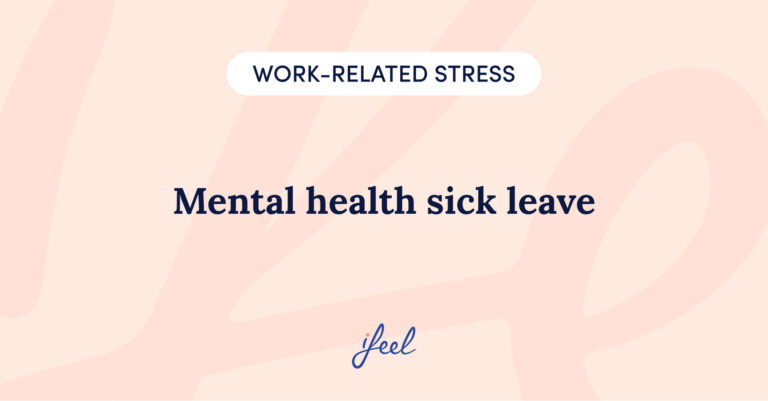Corporate mental wellness programmes are now a strategic necessity for enterprise organisations. Global enterprises that integrate well-being into their operating model see higher engagement, reduced absenteeism and presenteeism, and stronger retention.
At ifeel, we deliver clinician-led, data-driven programmes at scale, combining workshops, rapid triage, and continuous measurement to translate care into measurable business outcomes.
This article outlines the essential components of effective corporate mental wellness programmes, how benefits accrue across organisational levels, the operating model enterprises should adopt, and what to expect from ifeel’s 2025 whitepaper and enterprise resources.
Why corporate mental wellness programmes matter
A prevention-first approach to mental health yields significant benefits. When employees access timely support, organisations reduce avoidable sick leave, enhance focus and performance, and improve talent retention. Enterprise readiness matters: a global footprint, multilingual delivery, and culturally competent clinicians are essential to meet the needs of distributed teams while maintaining confidentiality and data integrity.
Rather than treating well-being as a collection of activities, leading enterprises implement a coherent programme that integrates clinician led workshops, risk stratification, and clear care pathways, supported by anonymised analytics that link clinical progress to financial outcomes. This turns intentions into repeatable, scalable impact.
4 key components of corporate mental wellness programmes
To deliver consistent, measurable results, programmes should blend clinical excellence with operational scalability. These components work together to drive adoption, early intervention, and ROI.
- Evidence-based psychoeducation
Introduce mental health literacy tailored to role and region. Focus on recognising early warning signs, self-regulation skills, and how to access support. Sessions should be concise, practical, and end with clear next steps. - Skills that translate to work performance
Deliver training on stress management, emotional regulation, communication, conflict resolution, and psychological safety. Provide a specific track for managers covering early risk identification, compassionate performance conversations, and crisis response. - Clear pathways to care and rapid triage
Connect workshops to confidential support options that include therapy, coaching, and digital resources. Use AI-supported, clinician-led triage to prioritise high-risk cases, reduce time to care, and match employees with the appropriate level of support. - Continuous measurement and optimisation
Measure change using validated tools and anonymised dashboards. Track engagement, risk levels, absenteeism and turnover trends, and financial impact by country, department, and business unit. Use these insights to refine content, cadence, and targeting over time.
Tools and methodology that power prevention
Strong corporate mental wellness programmes show how its clinical tools create value, not just what they are. The tools below support early detection, informed decisions, and clear outcomes:
- PHQ and GAD identify risk early so care pathways activate sooner, reducing time out of work.
- WSAS quantifies day-to-day impact on functioning, enabling HR to see whether training and care improve real-world performance.
- SOFAS links functioning to work capacity, informing appropriate support intensity and guiding accommodations or return-to-work planning.
Together, these measures feed anonymised dashboards that let leaders track engagement, risk movement, absenteeism trends, and ROI by country, department, and business unit.
Benefits across organisational levels
Well-designed corporate mental wellness programmes create value for each layer of a global enterprise. Tailored content and clear pathways to care strengthen wellbeing, capability, and leadership quality.
| Stakeholder | What changes in day-to-day work | Enterprise outcome |
|---|---|---|
| Employees | Clearer workload boundaries, practical coping skills, and confidential access to care when needed | Lower stress, improved focus, reduced short-term absences |
| Managers | Consistent early intervention, safe conversations, and escalation using a shared playbook | Fewer unresolved conflicts, steadier performance during peak periods |
| Senior leaders | Portfolio view of wellbeing risk and impact, aligned to business priorities | Better resource allocation, reduced absenteeism and turnover trends |
| HR and Wellbeing | Shift from manual coordination to data-informed orchestration | Targeted interventions by region or business unit, visible ROI signals |
Enterprises that prioritise mental health and provide support are more likely to reduce absenteeism and presenteeism while improving productivity and retention.
Overcoming common challenges
Enterprises often face predictable barriers. Addressing them upfront accelerates adoption and impact.
- Stigma and low disclosure
Normalise conversations through visible leadership support and privacy first messaging. Pair awareness with confidential access to care to convert intent into utilisation. - Leadership buy-in
Translate clinical risk movement into financial terms using anonymised dashboards. Align targets to absence reduction, turnover improvement, and productivity gains to secure sustained sponsorship. - Measuring effectiveness
Combine quantitative indicators such as engagement, risk distribution, absenteeism, and turnover with qualitative input from pulse surveys and post-session ratings. Iterate quarterly based on the data’s findings.
Prevention and ROI: what enterprise leaders should expect
Prevention reduces downstream costs by catching issues earlier and shortening the severity and length of mental health-related leave. High-reach workshops combined with rapid triage can lower absence risk while improving confidence and clarity for managers and teams.
By linking validated clinical measures to organisational metrics, HR and leadership teams gain evidence to direct resources where they matter most. Expect an approach that is both humane and financially sound: improved functioning, stronger culture, and clearer line of sight from well-being to performance. As engagement rises through access to timely support and psychologically safe leadership, profitability tends to follow; research shows 23 percent higher profitability among highly engaged companies.
Want to learn more about the ROI of having a tailored mental health solution? Dive into our latest resource to fnd out more.
The Leadership Lens🔎
Leaders determine whether psychological safety takes root. In enterprise contexts, the priority is consistency across teams and regions. Focus leadership development on three capabilities: spotting early signs of strain, conducting safe and supportive conversations, and aligning workload and prioritisation with well-being commitments during peak periods or organisational change.
When leaders model healthy boundaries, hold regular check ins, and use clear signposting to care, participation rises and risk decreases. This leadership behaviour is not ancillary to performance; it sustains it.
ifeel’s 2025 whitepaper: The Silent Profit Drain
To help HR and C suite leaders quantify the hidden costs of unaddressed mental health and presenteeism, ifeel’s 2025 whitepaper, The Silent Profit Drain, outlines the mechanisms by which mental ill health erodes productivity and how prevention-focused programmes recover value.
The whitepaper presents a practical framework for linking clinical risk management to financial outcomes, along with an implementation playbook suited to global enterprises. It is designed to support business cases, steer prioritisation, and align executive sponsors on measurable goals.
Ready to turn hidden costs into measurable ROI? Download “The Silent Profit Drain” whitepaper now.
ifeel: The imperative solution
Corporate mental wellness programmes are essential enterprise infrastructure. Delivered with clinical rigour and continuous measurement, they reduce absenteeism and presenteeism, increase engagement, and strengthen retention. They also build managerial confidence and psychological safety, creating the conditions for sustained performance across regions and teams.
To maximise impact, anchor a prevention-first operating model: set a baseline with validated tools, enable leaders and managers, connect workshops to confidential care pathways, and review anonymised dashboards on a regular cadence.
Ready to turn well-being into measurable business outcomes? Request a conversation with ifeel’s enterprise team to design a corporate mental wellness programme that fits your organisation and proves ROI quarter after quarter.











